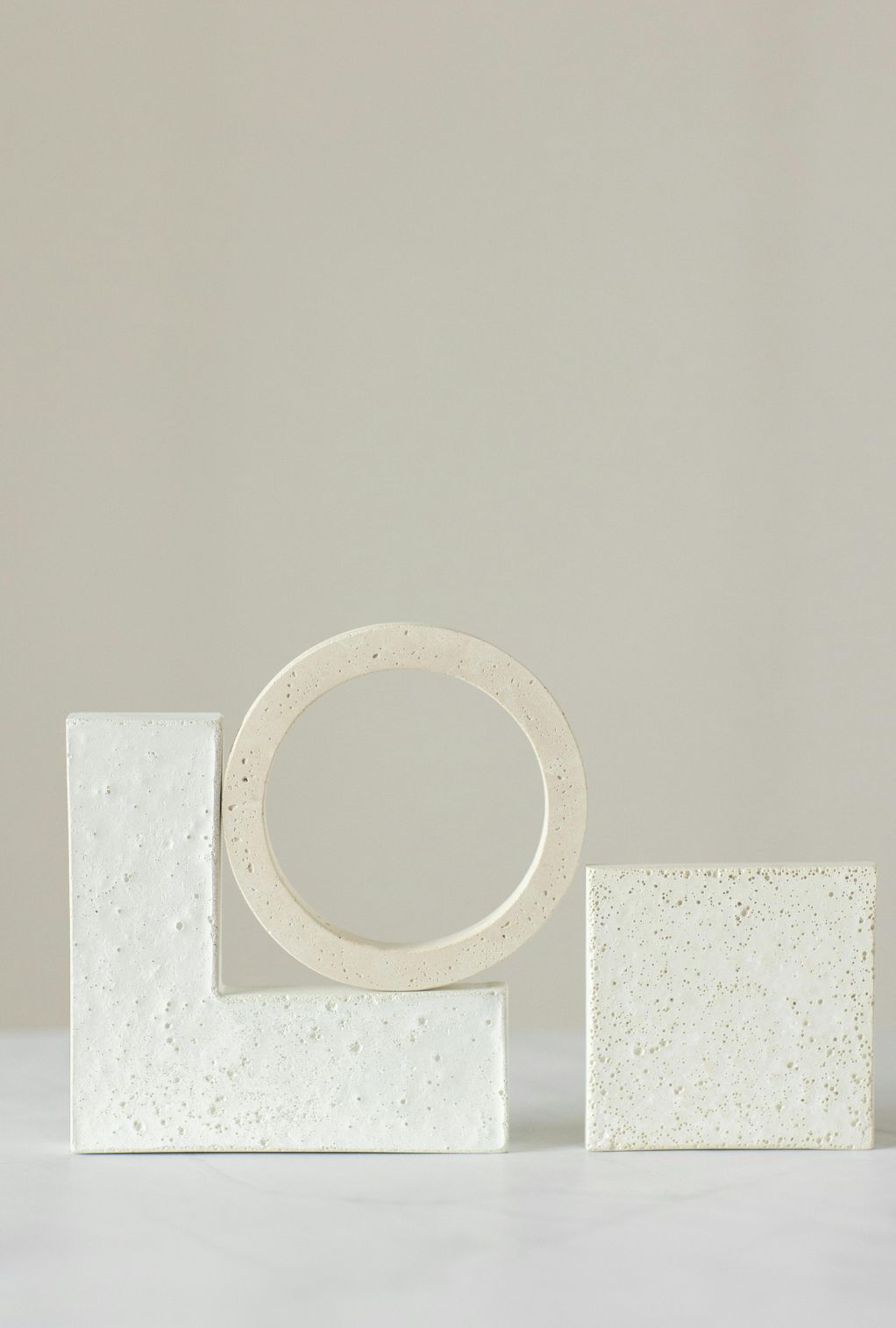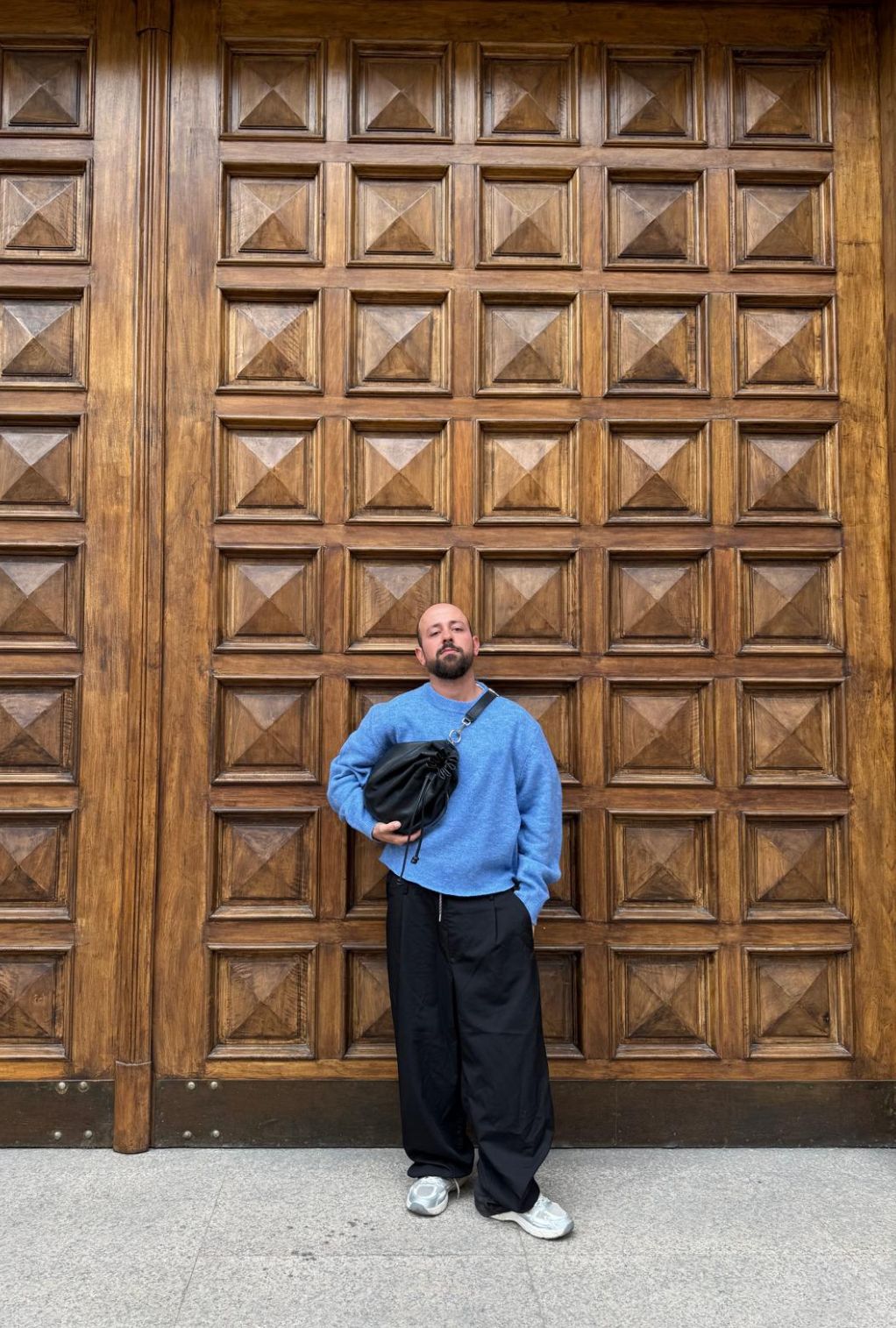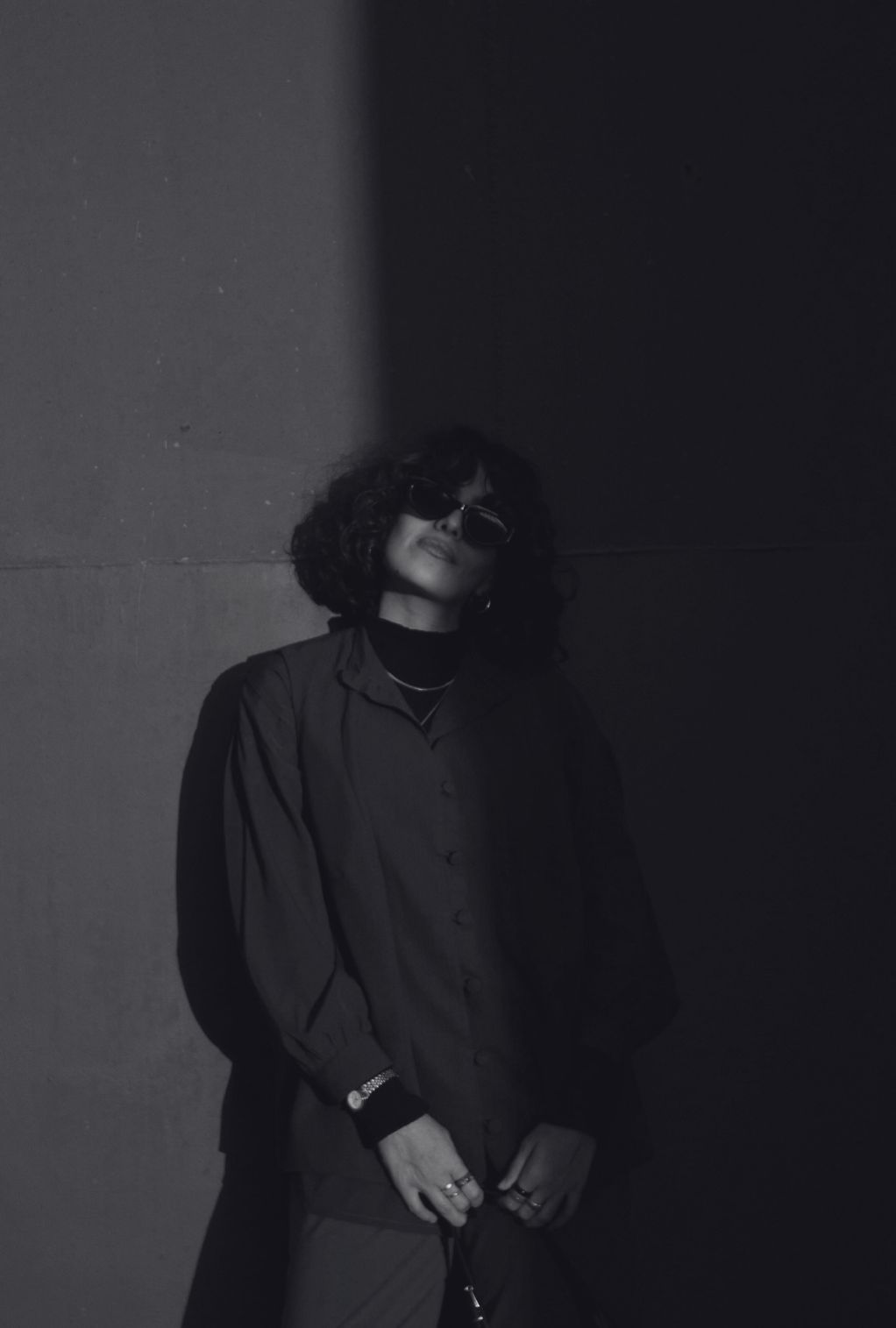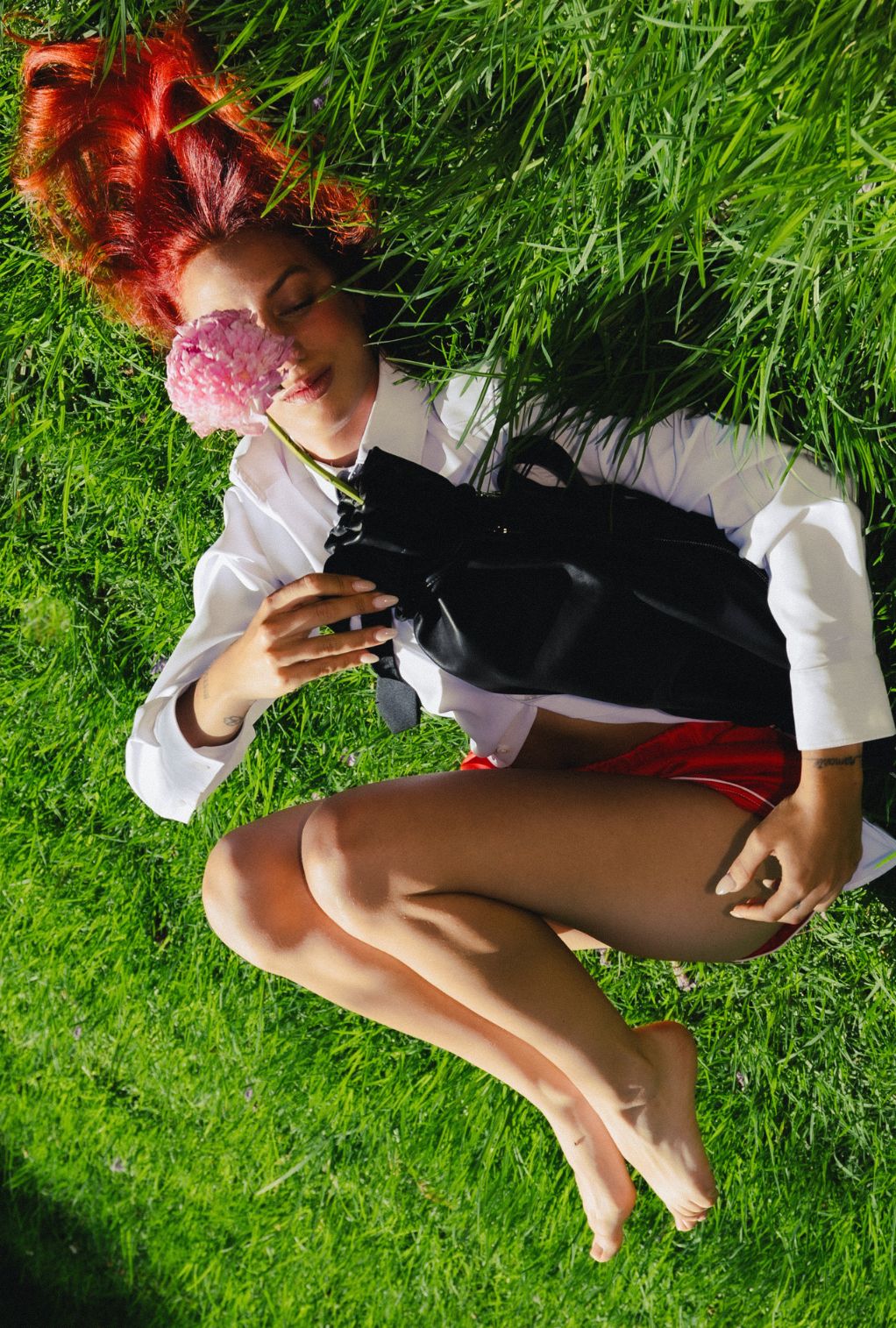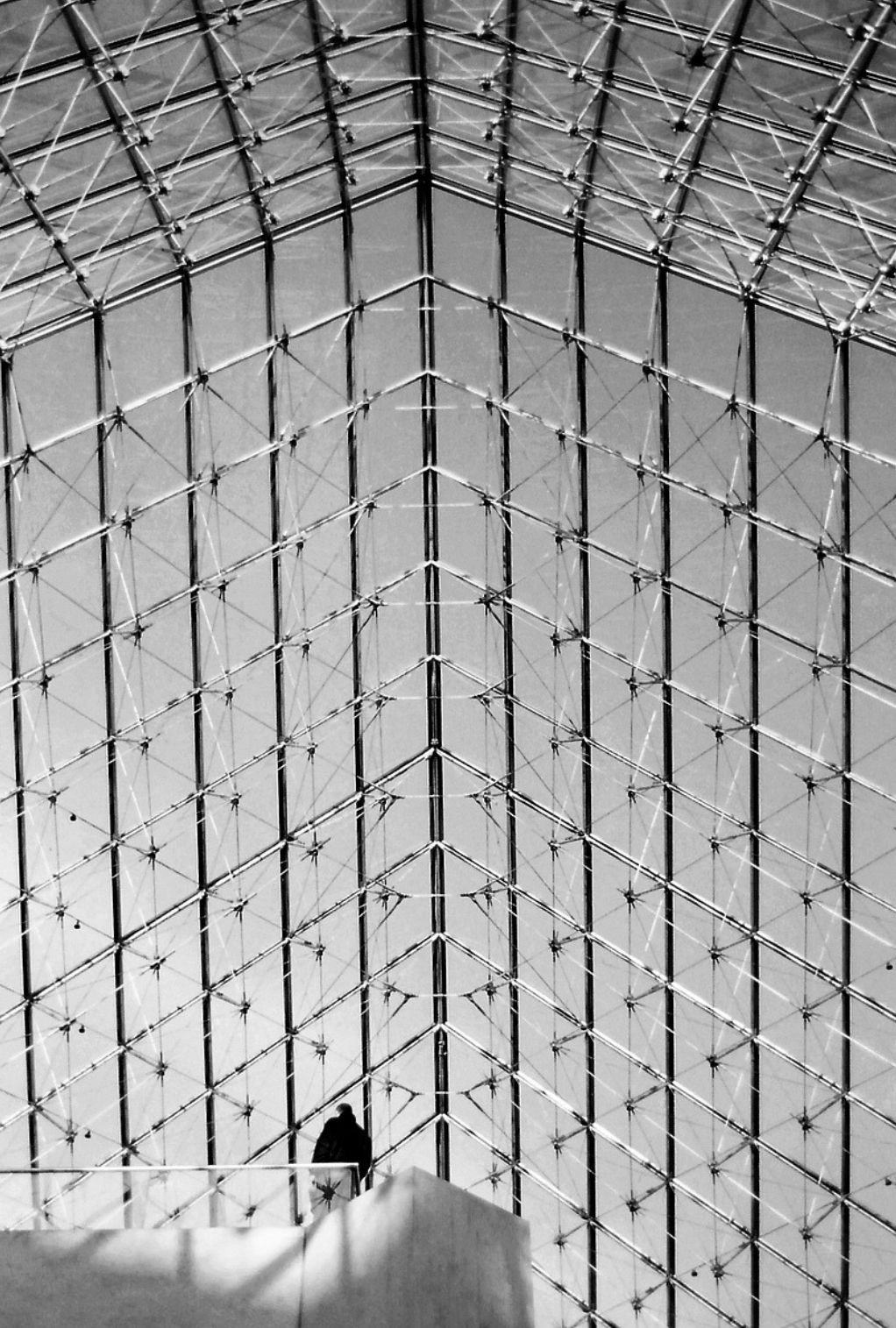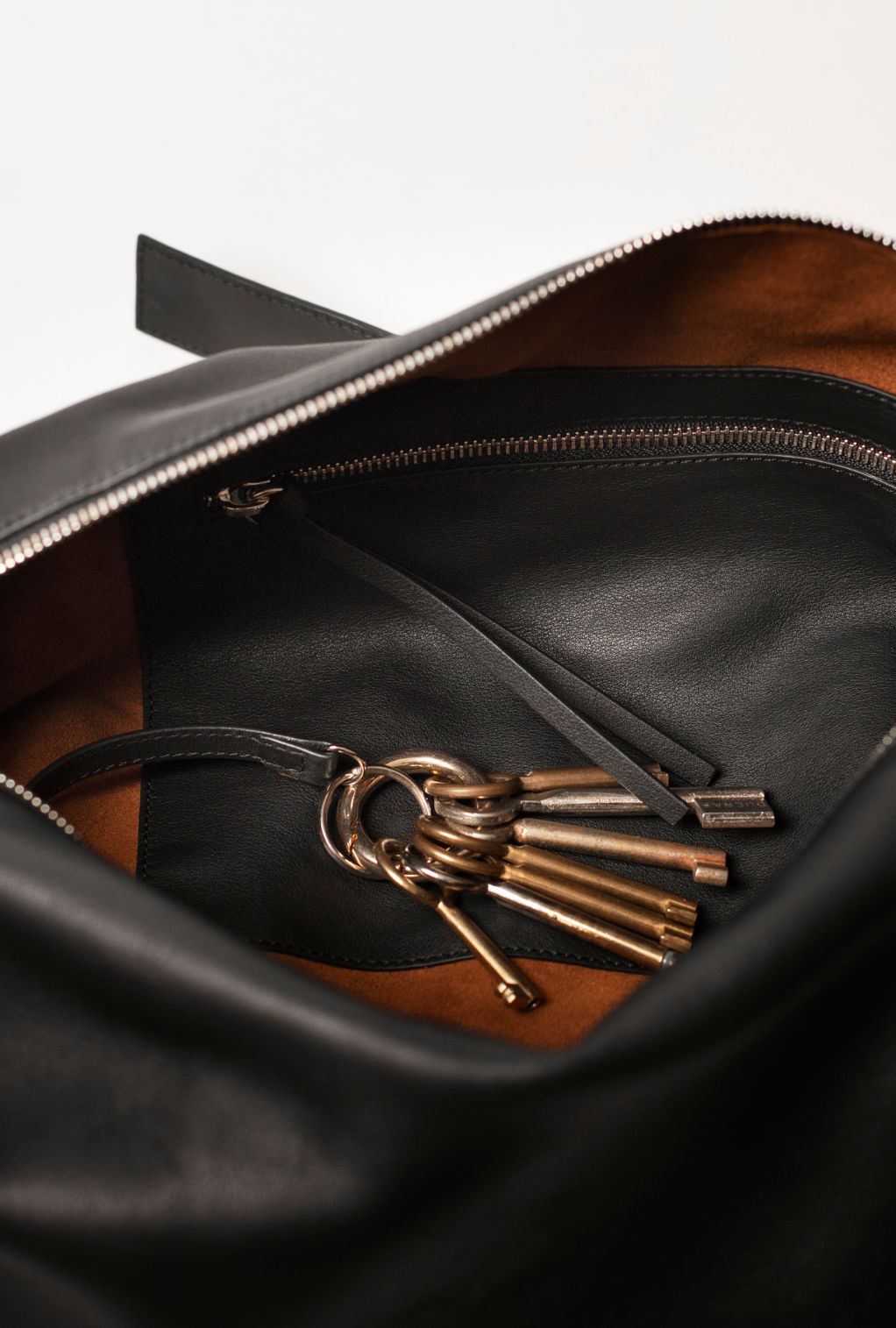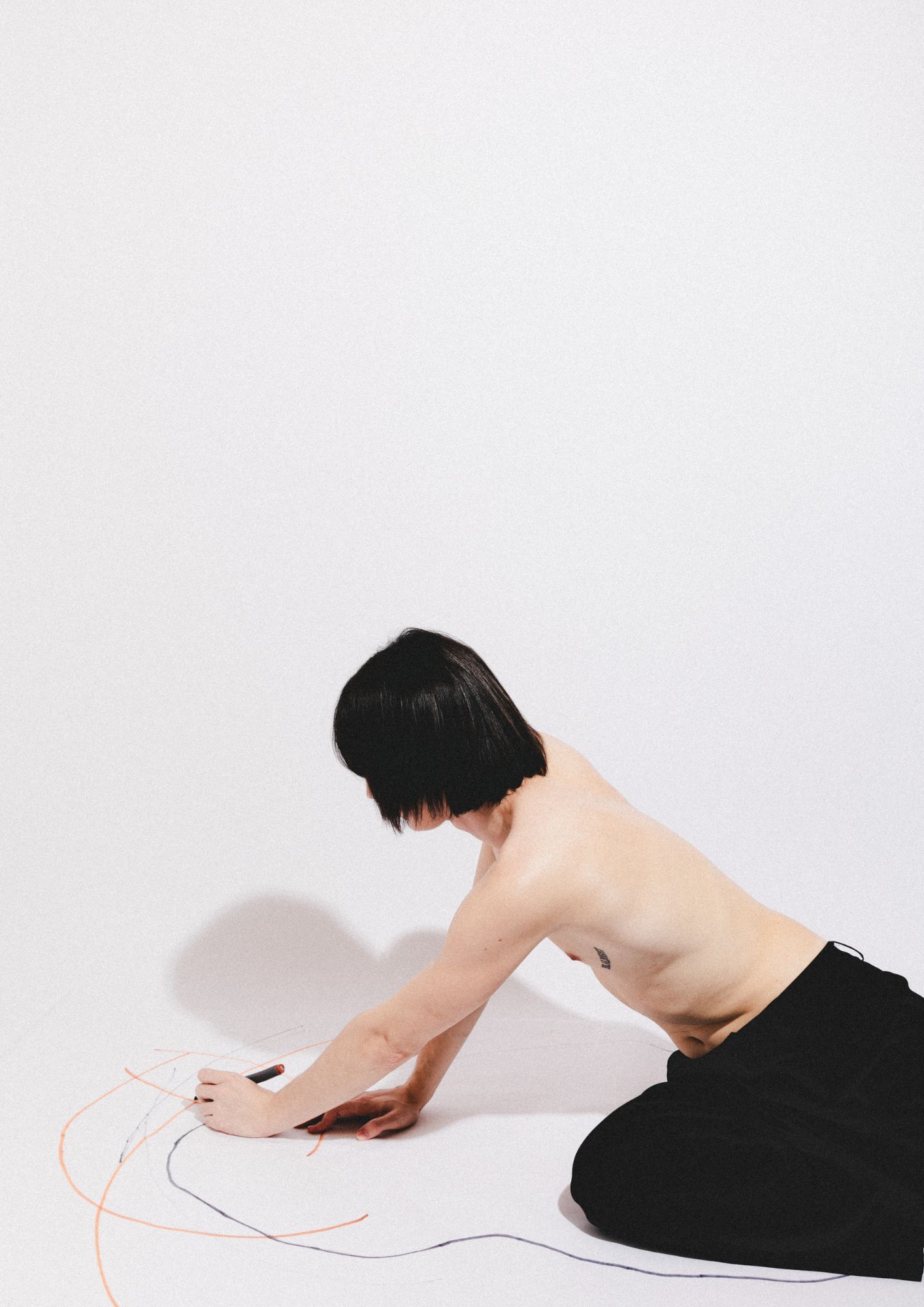
His presence is recognized in the way he inhabits space, in the studied care of the casual, in the combination of pieces that seem improvised but follow a precise script. The oversized shirt, the retro sneakers, or the bag are no longer simple accessories: they are cultural signs —objects loaded with meaning that question gender conventions and inherited codes.
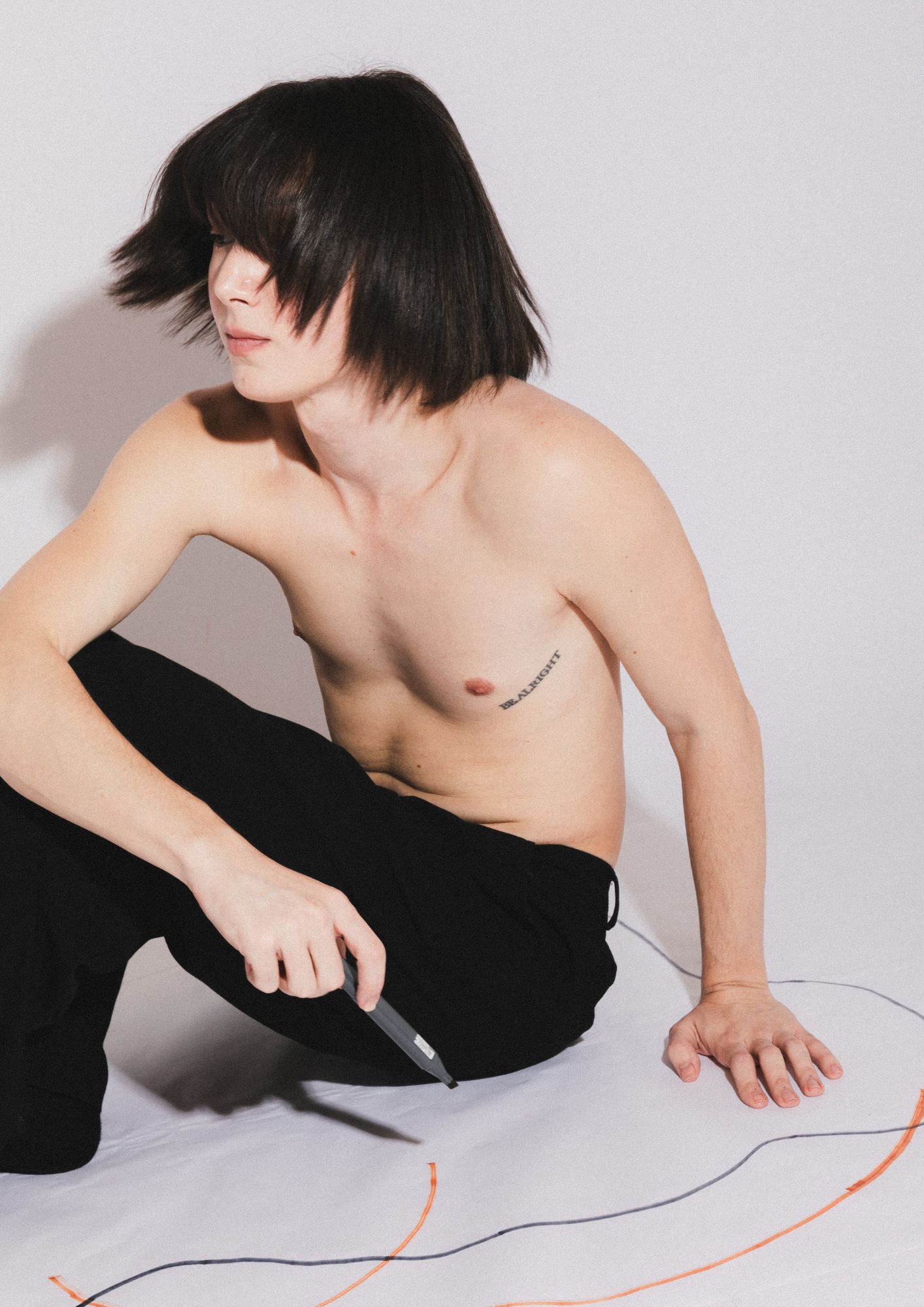
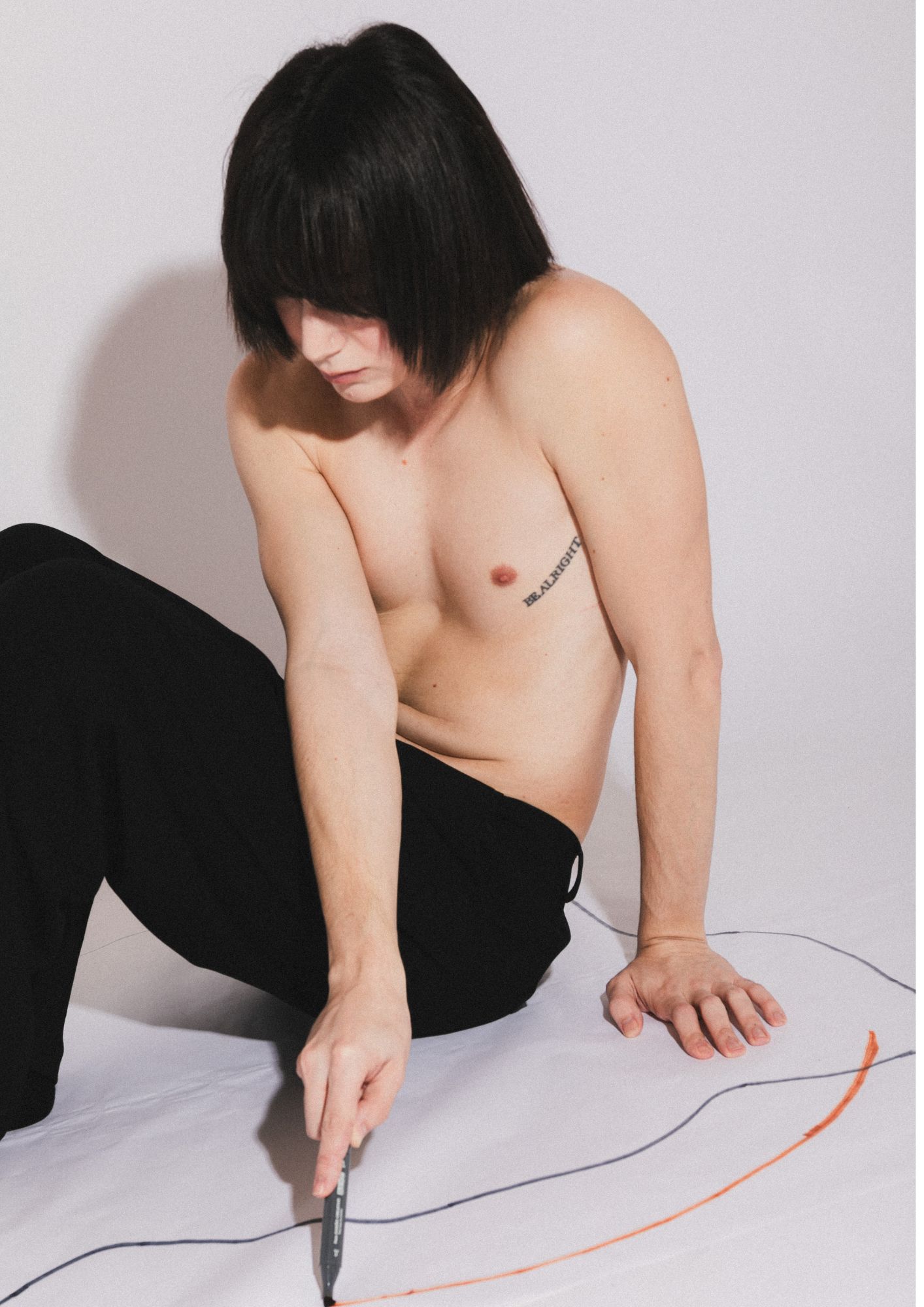
The paradox is clear: masculinity, which for decades asserted itself through symbols of power —the muscle, the suit, the sports car— now unfolds through sensitivity, intellectual references, and vulnerable gestures. Authenticity is sought, yet it is performed at the same time. The stage changes, but the function remains: to seduce, to belong, to be read as interesting.
From sociology, the response is not to accuse of imposture. Judith Butler explained it clearly: gender is not essence, but performance. We are not, we act what we are. In that light, the performative man embodies identity as a conscious choreography. Is it a mask? Yes. Is it truth? Also.
Here, the bag takes on a symbolic role. For a long time, it was a forbidden territory; today it is a silent manifesto. Choosing it is not a trivial gesture: it speaks of openness, care, and awareness of shifting cultural codes. And when that choice aligns with both aesthetic and ethical coherence —a sober, durable design, built to last— it ceases to be mere prop and becomes an authentic sign.
The risk lies on the surface: that vulnerability becomes another mask, that feminism is worn as an accessory, that style is reduced to a strategy of seduction. Fashion, however, is unforgiving: it exposes incoherence with surgical precision.
The performative man, with all his contradictions, is a cultural symptom. He reflects a generation seeking authenticity, yet experiencing it as aspiration more than certainty. And perhaps the challenge is not to deny that performance, but to inhabit it truthfully: that sensitivity is not a pose, that style is not exhausted on the surface, that the objects we carry are not props, but translations of who we are and who we aspire to become.
At Dueñas, we believe in that honest translation. In pieces that do not merely accompany an ephemeral character, but sustain a lasting identity. Because what you carry with you is not an accessory: it is your most authentic way of inhabiting the world.
